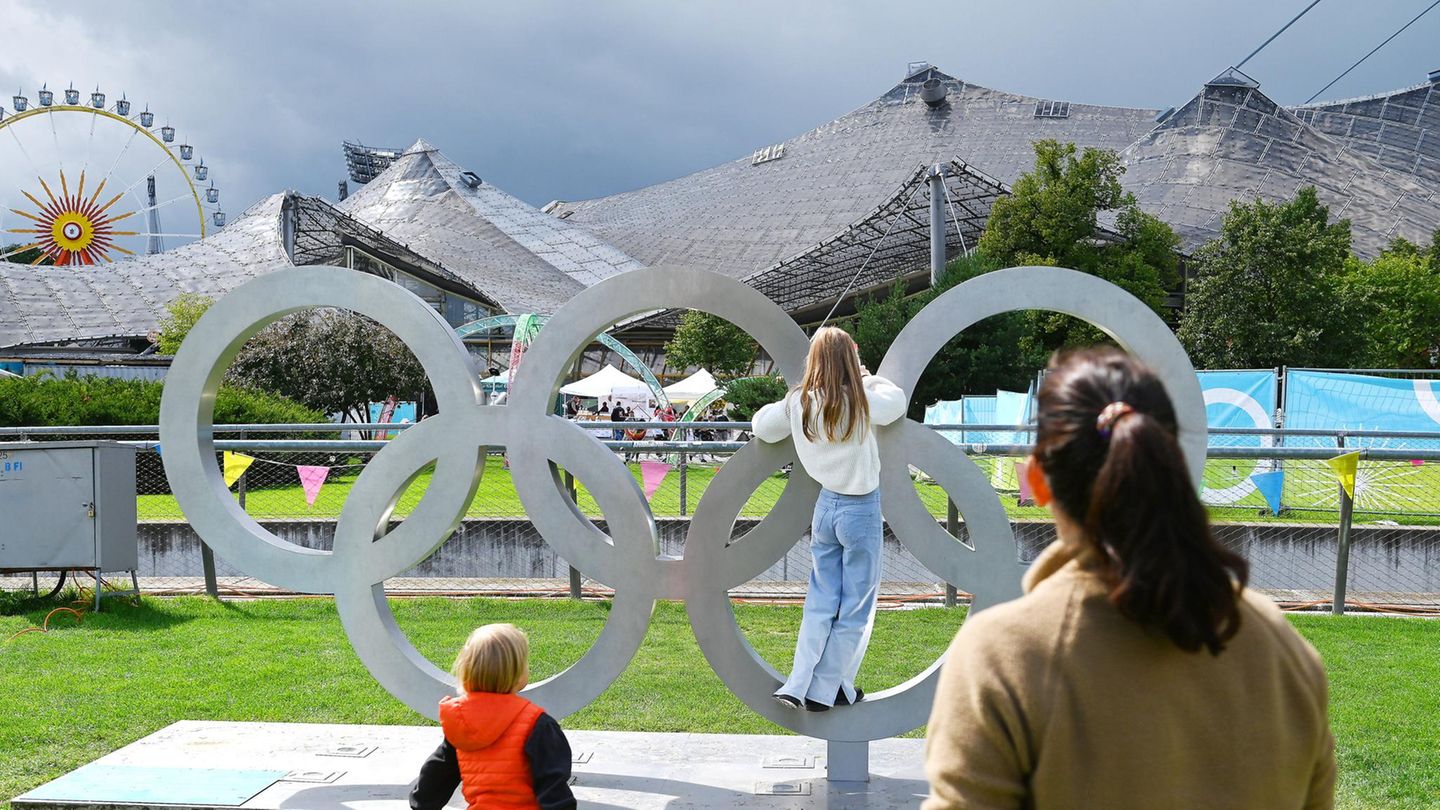“The residents of the city have been given the opportunity to move freely on the streets again,” Russian Defense Ministry spokesman Igor Konashenkov said on Friday. The remains of the Ukrainian fighters and “mercenaries from the United States and European countries” are locked in the Azovstal steelworks.
Blocked steel mill
The Ministry of Defense in Moscow spoke of a “safe blockade” of the plant. President Vladimir Putin instructed his defense minister on Thursday to cordon off the huge complex “so that not even a fly can get through.”
The Defense Ministry also said Russia hit dozens of targets in Ukraine’s Donetsk and Kharkiv regions on Friday. According to Konashenkov, a total of 39 military objects were hit a day by Russian air and rocket attacks. Among other things, ammunition depots, but also troop concentrations, command posts and military convoys were destroyed.
Video: Gerhard Mangott, political scientist and professor of international relations at the University of Innsbruck, talks about the current situation in the Ukrainian port of Mariupol, peace negotiations between Ukraine and Russia and the effects of Western sanctions.
This video is disabled
Please activate the categories Performance Cookies and Functional cookies in your cookie settings to view this item. My cookie settings
A city in ruins
In a statement, the ministry labeled the remaining fighters from Ukraine’s Azov battalion holed up in the steelworks as Nazis. “The situation in Mariupol has returned to normal. The city’s residents can now go outside freely without fear of Ukrainian Nazis,” Konashenkov said. The streets would be cleared of rubble and broken military technology. The city had been reduced to rubble in the worst devastation of the eight-week war.
Putin invaded Ukraine on February 24 with the stated aim of demilitarizing and “denazifying” the country, which Kyiv and the West have dismissed as unfounded war propaganda. Ukraine estimates that tens of thousands of civilians have died in Mariupol, which was once home to 400,000 people. The United Nations and the Red Cross assume that the number of civilian casualties is at least in the thousands.
Source: Nachrichten




